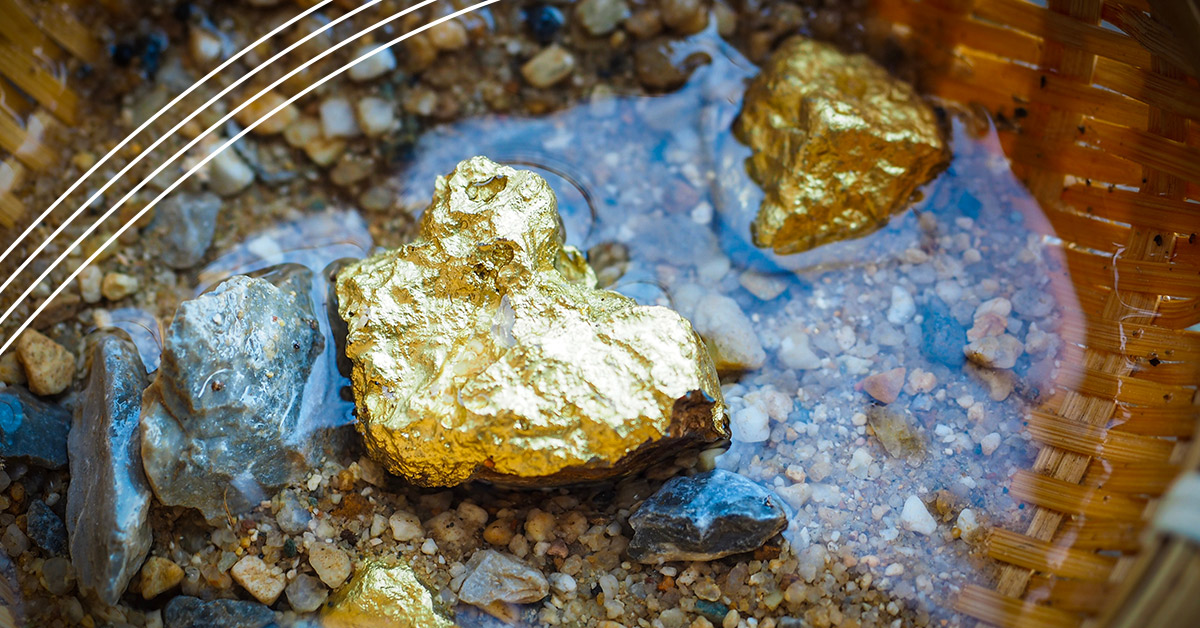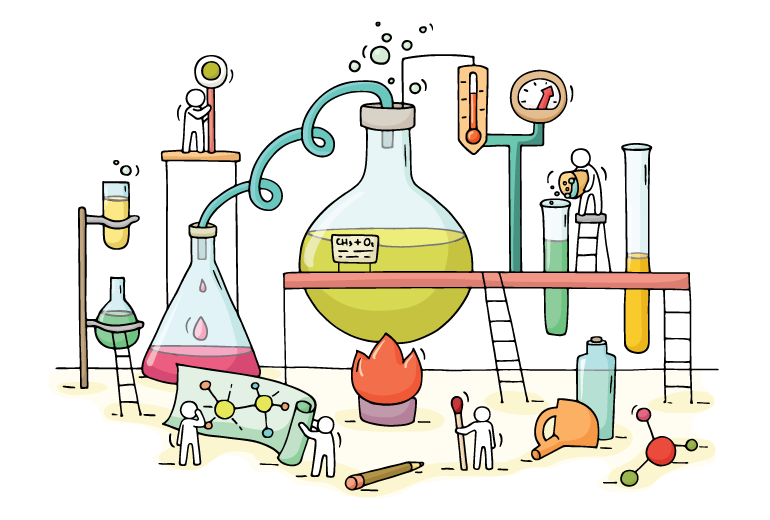In the realm of mining and quarrying, two terms that often come up are "mined" and "quarried." While they may seem interchangeable at first glance, there are significant differences between the two processes. Understanding these disparities is crucial for anyone seeking a comprehensive understanding of the mining and quarrying industries. In this article, we will delve into the dissimilarities between mining and quarrying, exploring their unique characteristics, processes, and implications.
- Definition and Scope
Mining refers to the extraction of valuable minerals or other geological materials from the earth's surface or beneath it. It involves various techniques, such as underground mining, open-pit mining, and placer mining, to access and recover minerals like coal, gold, copper, or diamonds. On the other hand, quarrying primarily focuses on extracting construction materials, such as limestone, granite, marble, or sand, from open-pit or underground quarries. - Purpose and End Products
The divergent purposes of mining and quarrying contribute to their dissimilarities. Mining aims to extract minerals for various applications, including industrial use, manufacturing, energy production, and jewelry. The end products of mining can range from raw materials for construction and manufacturing to precious metals used in jewelry and electronics. In contrast, quarrying primarily serves the construction industry, providing materials for infrastructure projects, building foundations, road construction, and decorative purposes. - Geological Considerations
Mining and quarrying operations differ significantly in their geological considerations. Mining often targets specific mineral deposits found in ore bodies, veins, or geological formations. Extensive geological surveys, exploration, and analysis are conducted to identify and assess the economic viability of mining projects. In contrast, quarrying focuses on extracting materials that are more readily accessible and evenly distributed within the earth's crust, such as large deposits of limestone or granite. - Environmental Impact
Both mining and quarrying can have significant environmental impacts, but their nature and extent differ. Mining operations often involve large-scale excavation, removal of vegetation, and alteration of landscapes. It can result in soil erosion, habitat destruction, water pollution, and the release of harmful substances. Quarrying, while also involving excavation, tends to have a more localized impact. However, it can still lead to habitat fragmentation, noise pollution, and dust emissions. - Regulatory Framework
Mining and quarrying activities are subject to different regulatory frameworks due to their distinct characteristics. Mining operations typically require permits and compliance with stringent regulations to ensure environmental protection, worker safety, and community engagement. The extraction of minerals is often governed by specific mining laws and regulations. Quarrying, although subject to regulations, generally has less complex permitting requirements due to its focus on construction materials rather than valuable minerals.
Conclusion:
In summary, mining and quarrying are two distinct processes with different objectives, geological considerations, environmental impacts, and regulatory frameworks. Mining focuses on extracting valuable minerals for various applications, while quarrying primarily serves the construction industry. Understanding these differences is crucial for stakeholders in these industries, policymakers, and individuals seeking a deeper understanding of the earth's resources and their utilization. By recognizing the disparities between mined and quarried materials, we can foster sustainable practices and minimize the environmental footprint of these essential industries.


